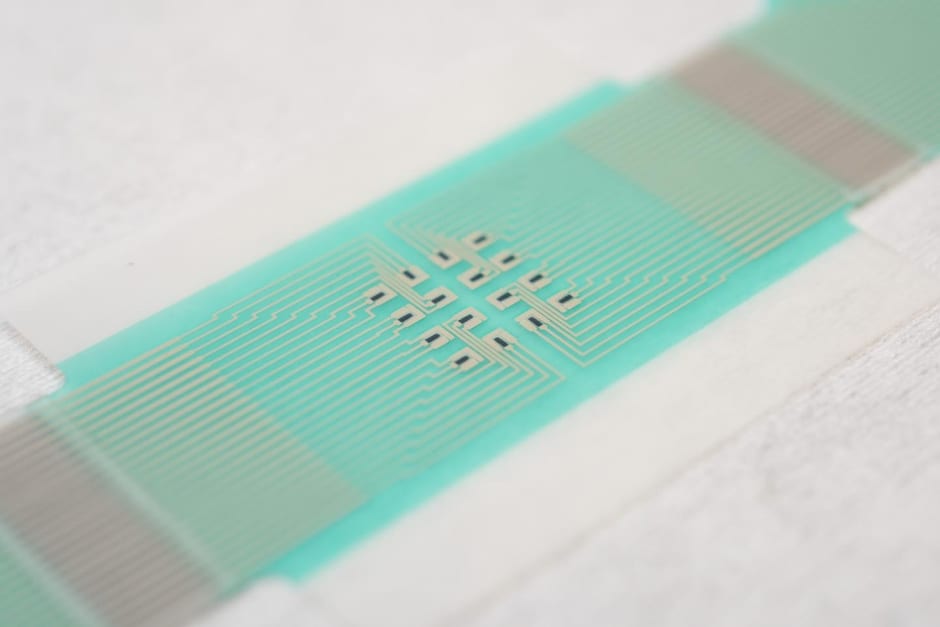Wearable sensor measures glucose without need for finger-prick blood test

Scientists at Bath University have developed a wearable sensor that measures glucose levels through the skin, an advance that could mark the end of finger-prick blood tests for diabetics.

The non-invasive patch is said to draw glucose from fluid between cells across hair follicles, which are accessed via an array of miniature sensors using a small electric current. The glucose then collects in reservoirs and is measured. Details are published in Nature Nanotechnology.
Having established proof of the concept behind the device, the researchers hope it can eventually become a low-cost, wearable sensor that sends regular, clinically relevant glucose measurements to the wearer's phone or smartwatch wirelessly, alerting them when they may need to take action.
According to Bath University, an important advantage of this device is that each miniature sensor of the array can operate on a small area over an individual hair follicle, which significantly reduces inter- and intra-skin variability in glucose extraction and increases the accuracy of the measurements taken. Because of this, calibration via a blood sample is not required.
Register now to continue reading
Thanks for visiting The Engineer. You’ve now reached your monthly limit of news stories. Register for free to unlock unlimited access to all of our news coverage, as well as premium content including opinion, in-depth features and special reports.
Benefits of registering
-
In-depth insights and coverage of key emerging trends
-
Unrestricted access to special reports throughout the year
-
Daily technology news delivered straight to your inbox










National Gas receives funding to develop Gravitricity underground hydrogen storage system
One single rock salt mine - Winsford - has 23 <i>MILLION </i>cubic metres of void and even allowing for 10% of that void set aside for hazardous waste...